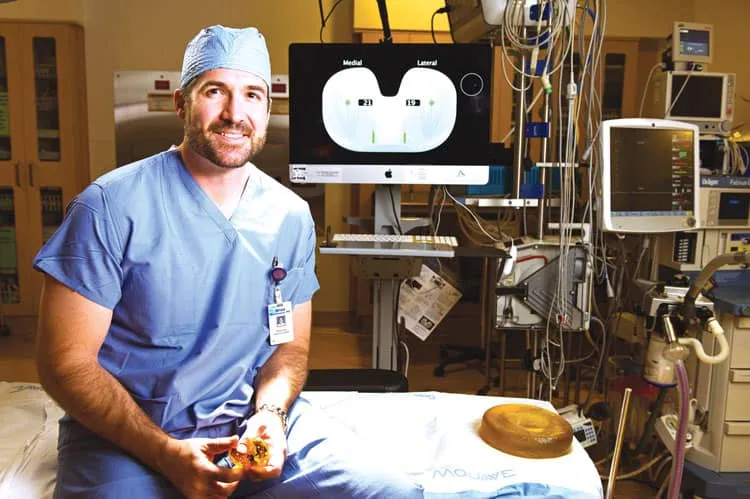Verasense brings balance to knee replacements

Consider these facts taken from a recent National Center for Health Statistics report: In 2010, total knee replacement was the most frequently performed inpatient procedure on adults aged 45 and over. From 2000 through 2010, an estimated 5.2 million total knee replacements were performed, with the rate of procedures for both men and women nearly doubling over that period.
And when it comes to gauging a successful knee replacement, it’s all about patient satisfaction. Dr. Brian Blackwood is an orthopedic surgeon with Boulder Community Health, specializing in knee and hip replacements. “There is a component of knee…
THIS ARTICLE IS FOR SUBSCRIBERS ONLY
Continue reading for less than $3 per week!
Get a month of award-winning local business news, trends and insights
Access award-winning content today!
